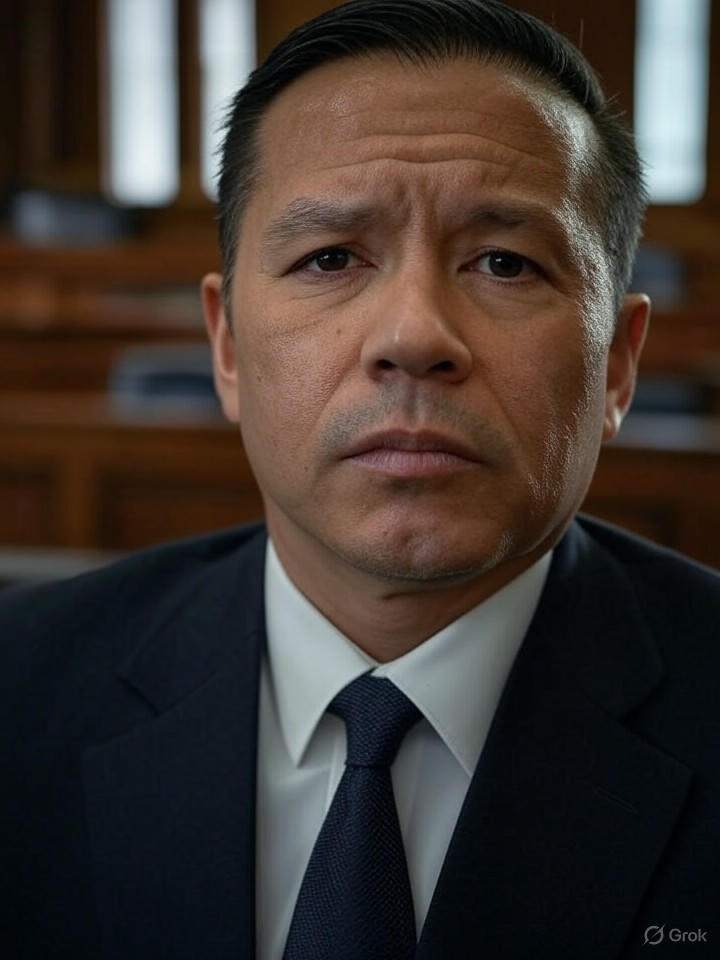In a stunning verdict that could reshape the accountability of autonomous driving technologies, a Florida jury has ordered Tesla Inc. to pay $329 million in damages for a fatal 2019 crash involving its Autopilot system. The case, stemming from a tragic incident in Key Largo, found the electric-vehicle giant partially liable, assigning it 37% responsibility amid allegations of misleading marketing and design flaws. The award includes $129 million in compensatory damages and a hefty $200 million in punitive damages, signaling jurors’ intent to punish what they saw as corporate negligence.
The crash killed 22-year-old Naibel Benavides Leon and severely injured her boyfriend, driver Nicholas McGee, when their Tesla Model 3 veered off the road at high speed, striking a tree. McGee, who survived with life-altering injuries, testified that he had engaged Autopilot but became distracted while reaching for his dropped cellphone. Despite this admission, plaintiffs argued that Tesla’s system failed to adequately detect hazards or enforce driver attentiveness, pointing to marketing that allegedly overstated Autopilot’s capabilities.
The Jury’s Deliberation and Key Evidence
Court records reveal intense scrutiny of Tesla’s warnings and system limitations. Jurors heard how Autopilot, described by Tesla as a driver-assistance feature, requires constant human oversight. Yet, evidence presented showed that the vehicle did not brake or alert McGee effectively as it approached the curve. Attorneys for the plaintiffs highlighted internal Tesla documents suggesting the company knew of similar risks but prioritized rapid deployment over enhanced safeguards.
Tesla’s defense emphasized driver error, with attorney Joel Smith arguing in closings that McGee’s cellphone distraction was the sole cause, a mishap possible in any vehicle. This echoed sentiments in posts on X, where Tesla advocate Sawyer Merritt noted the driver’s admission of “fishing for his phone,” underscoring Tesla’s explicit disclaimers: “Active safety features are designed to assist drivers but cannot respond in every situation. It is your responsibility to stay alert.”
Broader Implications for Autonomous Tech
The verdict, reported by CNBC on August 1, 2025, marks one of the largest payouts in Autopilot-related litigation, dwarfing prior cases. It follows a pattern of scrutiny, including a 2023 California trial where Tesla was cleared, as covered by Reuters. Industry insiders view this as a watershed moment, potentially forcing automakers to bolster monitoring systems like eye-tracking or stricter hands-on-wheel requirements.
Tesla, led by CEO Elon Musk, has vowed to appeal, calling the decision unjust. In a statement echoed across media, the company reiterated that Autopilot reduces crash risks when used properly, citing National Highway Traffic Safety Administration data showing lower incident rates. However, critics argue this overlooks misuse enabled by ambiguous branding—Autopilot’s name itself implying more autonomy than it delivers.
Regulatory and Market Fallout
Federal regulators, already investigating dozens of Autopilot crashes, may accelerate probes following this ruling. The National Transportation Safety Board has previously faulted Tesla for inadequate driver-engagement mechanisms, a point reinforced in NPR’s coverage of the verdict, which noted the jury’s partial liability finding despite the $329 million total, with Tesla responsible for about $243 million after apportionment.
For Tesla’s stock, which dipped 3% post-verdict as per Business Insider, the case amplifies investor concerns over legal liabilities amid the push toward full self-driving tech. Competitors like Waymo and Cruise face similar suits, but Tesla’s high-profile status makes it a lightning rod.
Looking Ahead: Appeals and Industry Shifts
As Tesla prepares its appeal, legal experts predict a protracted battle, possibly reaching higher courts. The punitive damages, detailed in The Washington Post, aim to deter what jurors saw as reckless promotion. This could prompt Tesla to refine its software, perhaps integrating more robust distraction detection, as hinted in recent updates.
Ultimately, the case underscores a tension in the auto industry: balancing innovation with safety. While Tesla maintains driver responsibility is paramount, this verdict challenges that narrative, urging a reevaluation of how semi-autonomous systems are designed, marketed, and regulated to prevent future tragedies.




 WebProNews is an iEntry Publication
WebProNews is an iEntry Publication